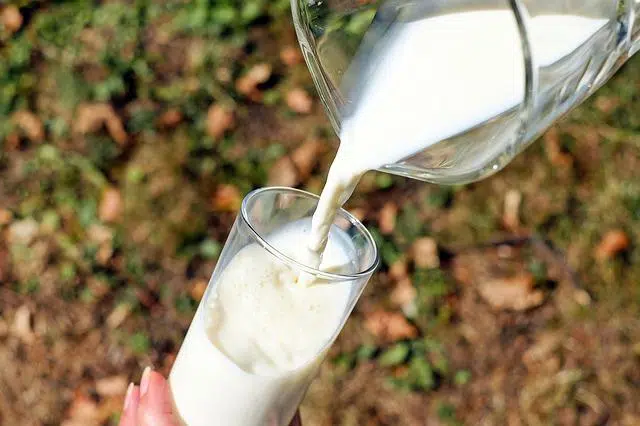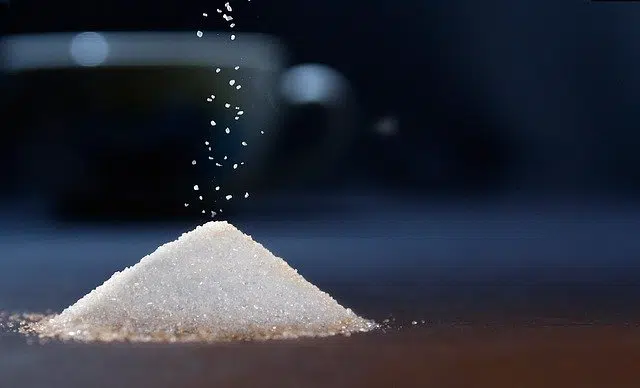
Lactose is a disaccharide present in milk.
A disaccharide - a term that comes from the English word disaccharide - is a carbohydrate that is made up of two monosaccharides . This definition, as can be seen, requires us to know what carbohydrates are and what monosaccharides are to understand the notion of disaccharide.
Carbohydrates, also called carbohydrates or carbohydrates , are organic substances composed of oxygen, hydrogen and carbon . The first two elements mentioned appear in a proportion of two to one. The function of carbohydrates is to promote the obtaining and storage of energy, especially for use in the brain and nervous system. An enzyme called amylase allows its molecule to be broken down so it can be used as fuel by our body.
A monosaccharide , on the other hand, is a sugar whose decomposition into a simpler sugar through hydrolysis (molecular splitting through water) is not possible. It is also known as simple sugar and has between three and seven carbon atoms, and this amount is crucial when naming it. The suffix used in its nomenclature is -ose , as can be seen in the case of glucose , the most important source of energy for cells.
What are disaccharides
Disaccharides, in short, are carbohydrates whose composition contains two sugars that are part of the group of monosaccharides. There are various disaccharides depending on their components and the type of union that links them.
Lactose , for example, is the disaccharide formed by the union of the monosaccharides galactose and fructose . This disaccharide is found in the milk produced by mammalian animals. People whose body cannot assimilate the disaccharide in question adequately suffer from the disorder known as lactose intolerance .
Another very common disaccharide is sucrose , composed of molecules of the monosaccharides glucose and fructose . Sucrose is the product we know as table sugar or common sugar , which is used daily in almost everyone in the world, since it is the most popular sweetener, used to sweeten all types of foods and drinks.

Sucrose or common sugar is a disaccharide.
Characteristics of sucrose
In more technical terms, we can say that sucrose is made up of alpha-glucopyranose and beta-fructofuranose, which can be seen in its chemical name, alpha-D-Glucopyranosyl – (1→2) – beta-D-Fructofuranoside . These two monosaccharides that form it are joined through an O-glycosidic type bond, which is also dicarbonyl, since the alpha bond is made up of the two reducing carbons. The bond is hydrolyzed by the enzyme called sucrase or invertase (the latter name is because hydrolyzed sucrose is an invert sugar). Its chemical formula , on the other hand, is C12H22O11 .
This disaccharide cannot act as a reductant on Fehling 's reagents (a solution discovered in 1849 that is used to determine reducing sugars) and Tollens (an aqueous complex that usually occurs as nitrate and is used to detect aldehydes in qualitative assays).
Regarding the physical characteristics of this disaccharide, its crystal is transparent and when light causes multiple diffraction in a set of crystals it is perceived as white.
Returning to its function to sweeten foods, sucrose can be found both in the so-called sugar cane , of which it represents 20% of its total weight, and in sugar beets , in an approximate proportion of 15% of its weight. . In bee honey we can also find a significant amount of sucrose.
Disaccharides with two molecules of the same monosaccharide
It should be noted that some disaccharides are composed of two molecules of the same monosaccharide.
This happens with cellobiose , maltose and trehalose , which are formed with the union of glucose molecules according to different types of bonds.
